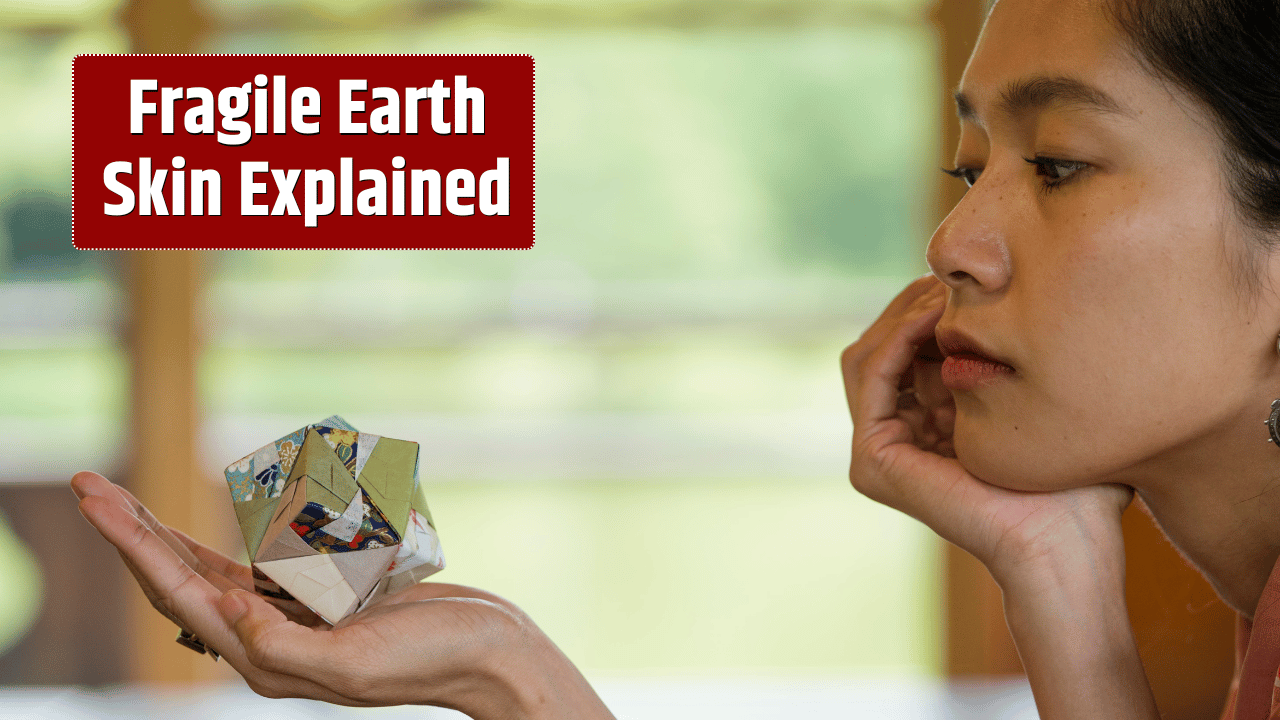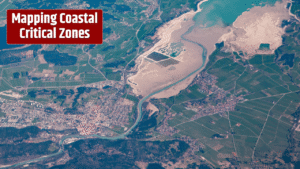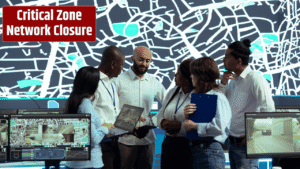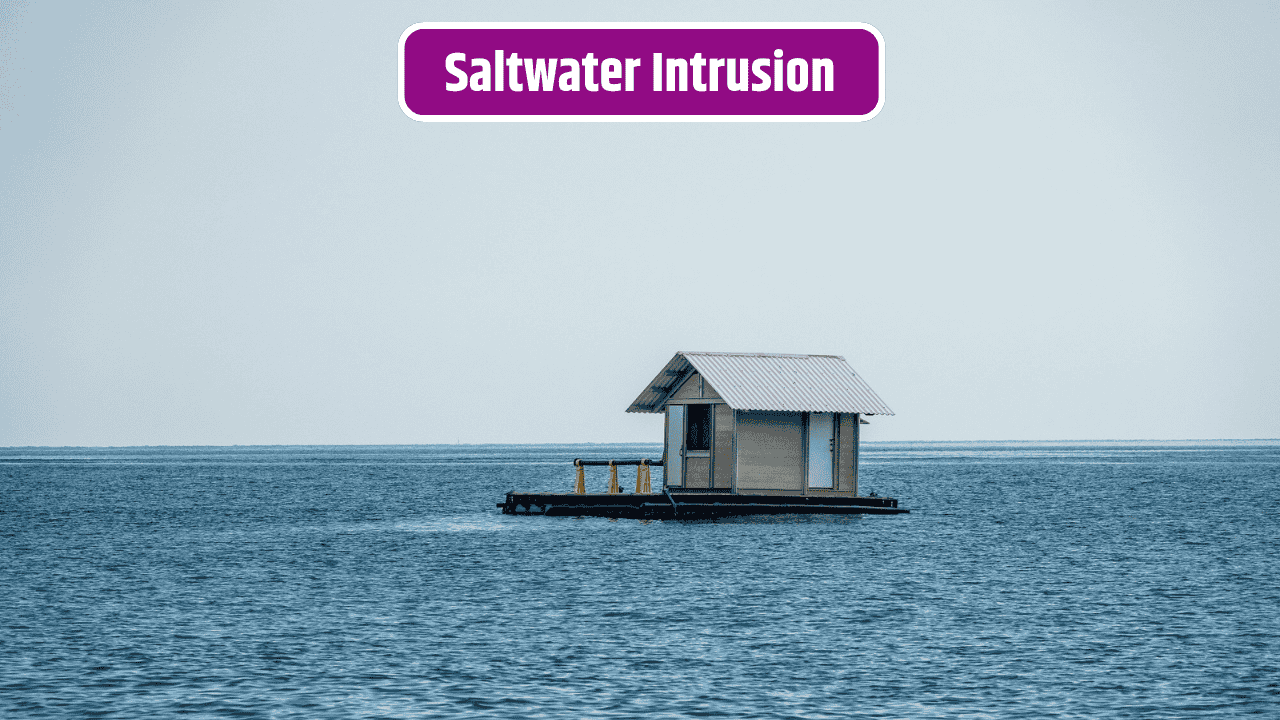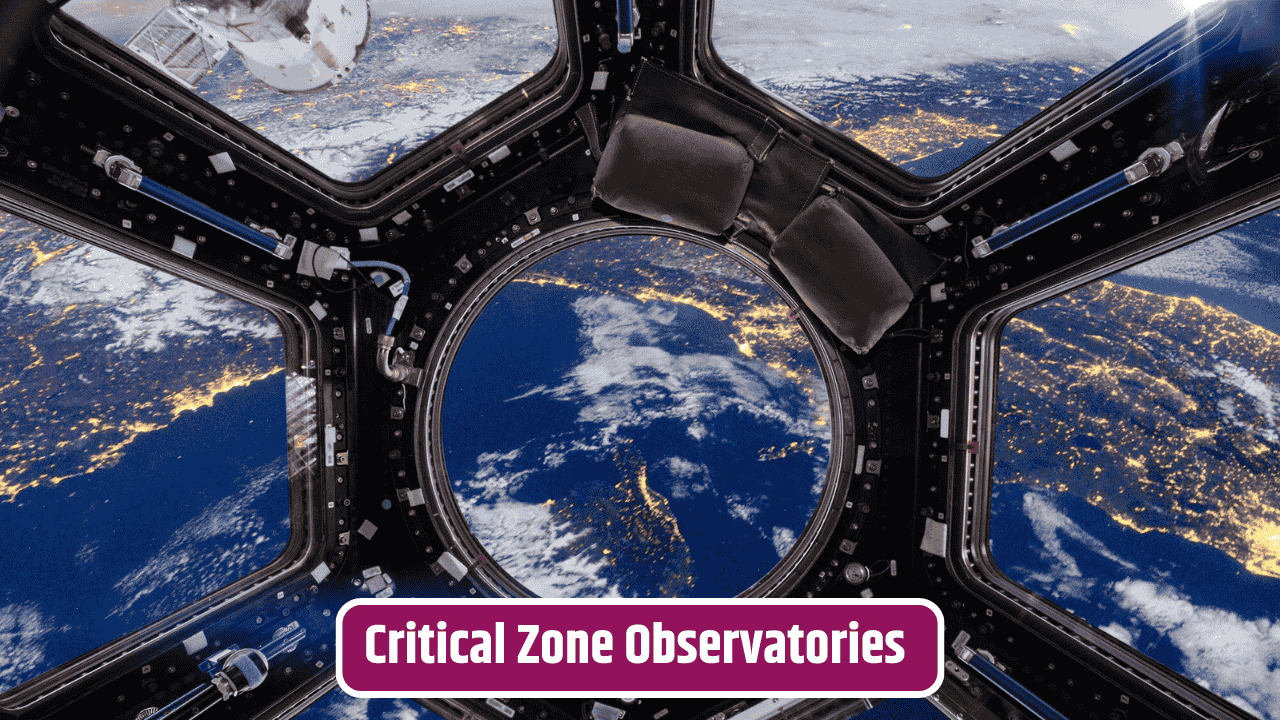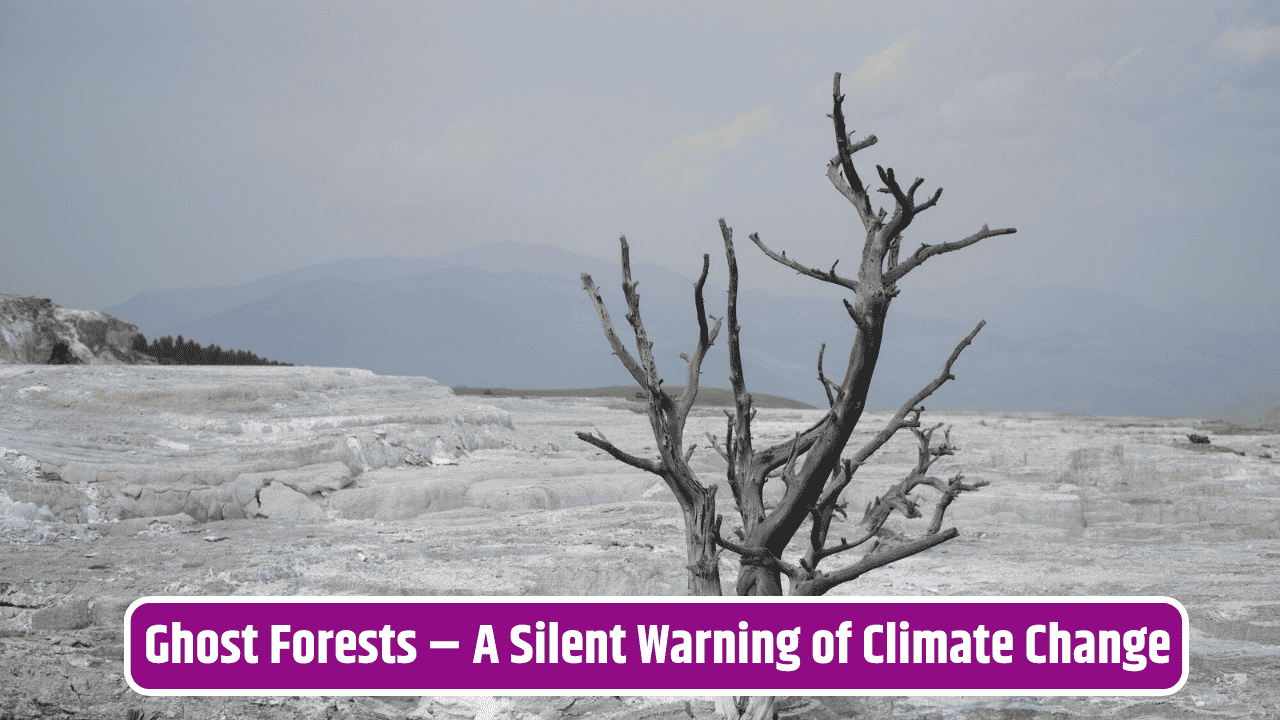If you’ve ever stood on a patch of ground and thought, “Well, it’s just dirt,” you’re not alone. Most of us don’t give much thought to the thin layer beneath our feet. But that “skin of the Earth”—what scientists call the Critical Zone—is one of the most important, life-giving systems on the planet. It’s where rock meets air, water meets roots, and somehow, all of it blends into a dynamic zone that makes life possible. Without it, there’s no agriculture, no forests, no rivers as we know them… basically no us.
Table of Contents
What Exactly Is the Critical Zone?
The Critical Zone is the Earth’s outermost layer, stretching from the tops of the trees all the way down to the bottom of groundwater. Think of it as the life-support system of our planet. It includes soil, water, air, living organisms, and minerals—interacting in ways we’re only beginning to fully understand. Scientists often describe it as Earth’s “breathing skin” because it regulates essential processes like water filtration, nutrient cycling, and even carbon storage.
What makes it fascinating is its thinness. Compared to Earth’s size, this layer is almost laughably tiny—just a sliver of the crust. Yet within that sliver, everything from food production to climate stability is at stake.
Why Is It So Fragile?
Here’s the kicker: the Critical Zone is resilient, but not invincible. Soil formation, for instance, takes thousands of years. Yet we can destroy fertile land in just a few decades through overfarming, deforestation, or careless urban sprawl. Once topsoil erodes or groundwater gets contaminated, recovery isn’t quick.
A good example is the Dust Bowl of the 1930s in the United States. Poor farming practices combined with drought led to massive soil loss, forcing families off their land. It was a harsh reminder that this zone is both powerful and vulnerable. Today, issues like pesticide overuse, mining, and even climate change are stressing it in new ways.
How Does the Critical Zone Work for Us?
If the Critical Zone had a résumé, it’d be impressive. Here’s a quick look at some of its “job duties”:
| Function | Why It Matters | Example in Action |
|---|---|---|
| Water Filtration | Cleans rainwater as it moves through soil and rock | Safe drinking water supplies |
| Nutrient Cycling | Recycles elements like nitrogen, carbon, and phosphorus | Healthy crops and forests |
| Carbon Storage | Locks carbon in soils and plants | Helps balance global climate |
| Habitat | Provides space for microbes, roots, insects, animals | Supports biodiversity |
| Buffering | Protects us from floods, droughts, and pollution | Wetlands acting as sponges |
Notice how each role ties directly to human survival. We depend on this zone every single day, usually without even realizing it.
The Role of Science and Monitoring
In recent years, scientists have set up “Critical Zone Observatories” across the world—research stations dedicated to studying these fragile systems. For example, the U.S. Geological Survey and the National Science Foundation support projects that track soil health, groundwater flow, and nutrient cycling. Data from these observatories help policymakers plan better land-use strategies, something especially important given growing population pressure.
Government resources like the USGS and EPA regularly publish findings on soil and water management, underscoring how essential this zone is for long-term sustainability.
Can We Protect It?
Absolutely. Small actions matter just as much as big policies. Practices like crop rotation, reduced tillage, and sustainable forestry can extend the life of healthy soil. On an individual level, even supporting local farmers who use regenerative methods contributes to preserving this system. Water conservation at home, planting trees, or reducing chemical fertilizer use are all ways we participate in keeping the Earth’s skin healthy.
And let’s be honest—protecting this thin zone is far cheaper than trying to “fix” it once it’s damaged. Restoration projects are costly, time-consuming, and sometimes impossible to fully achieve.
The Bigger Picture
When we talk about climate change, deforestation, or pollution, we’re really talking about the Critical Zone. It’s the common denominator where all these issues collide. Protecting it means protecting the very foundation of life. Imagine if we treated soil and groundwater with the same reverence as we do oil reserves or gold mines. Suddenly, priorities shift.
So next time you dig into your garden, take a walk through a forest, or sip a glass of clean water—remember, you’re experiencing the miracle of Earth’s fragile skin at work. And it deserves far more credit than it usually gets.
FAQs
Why do scientists call it the “Critical Zone”?
Because it’s the thin Earth layer that sustains nearly all terrestrial life—without it, ecosystems collapse.
How deep does the Critical Zone go?
It extends from the canopy tops down through the soil and into the groundwater—depth varies by region.
Is soil really running out?
Yes, in many regions. According to the UN, the world could lose most of its fertile soil within 60 years if current trends continue.
What’s the biggest human threat to the Critical Zone?
Intensive agriculture and deforestation, both of which strip soil and disrupt water systems.

